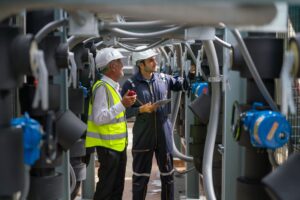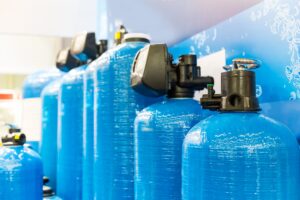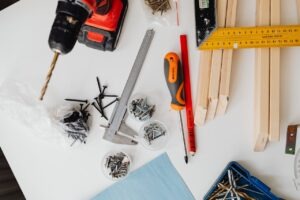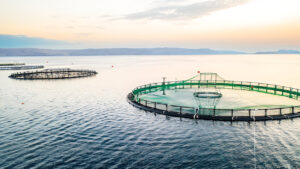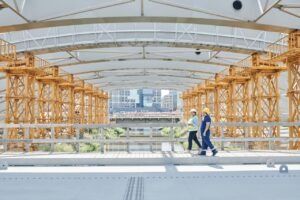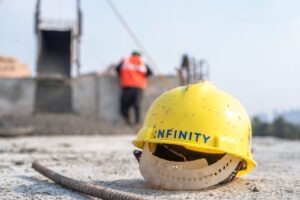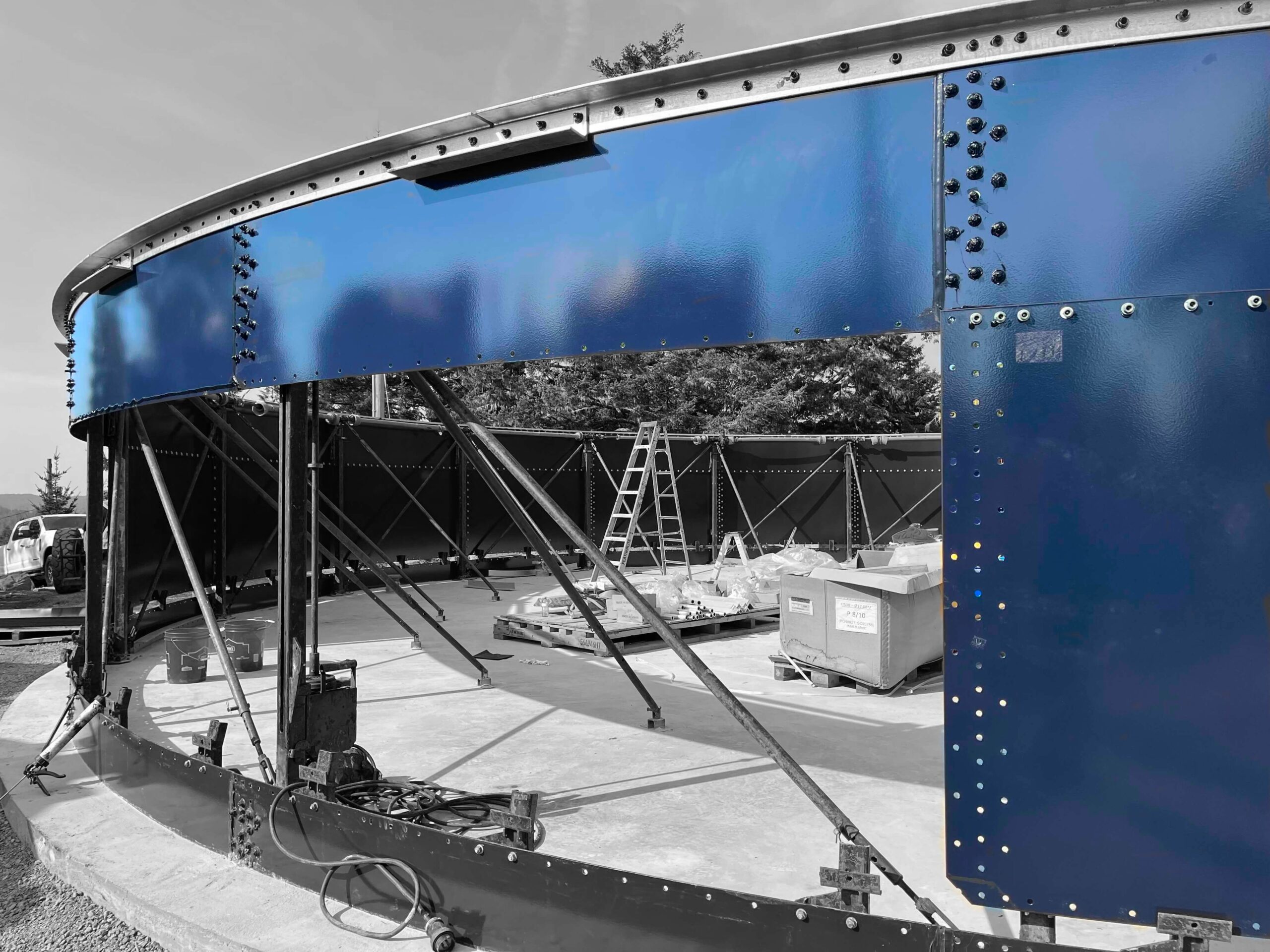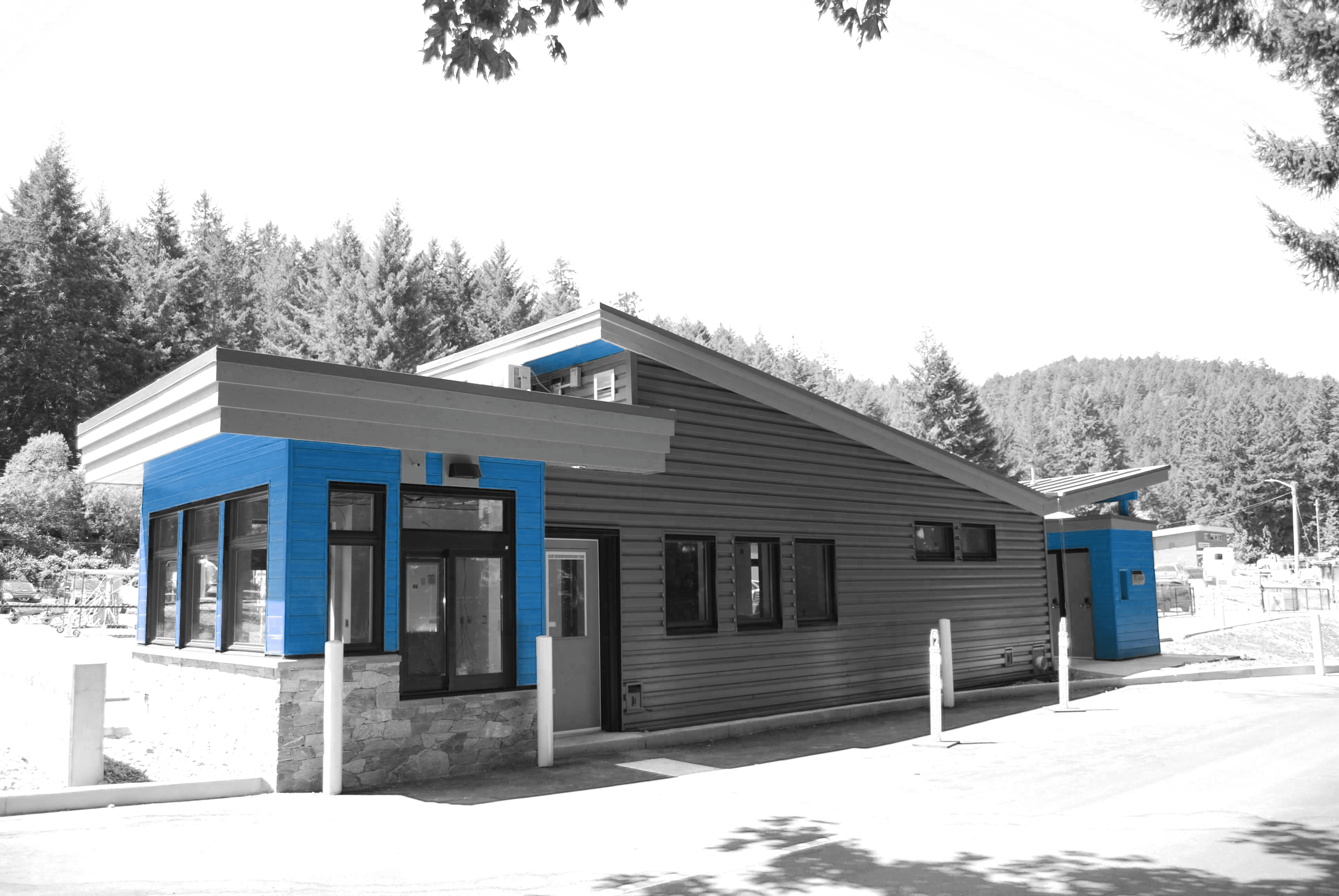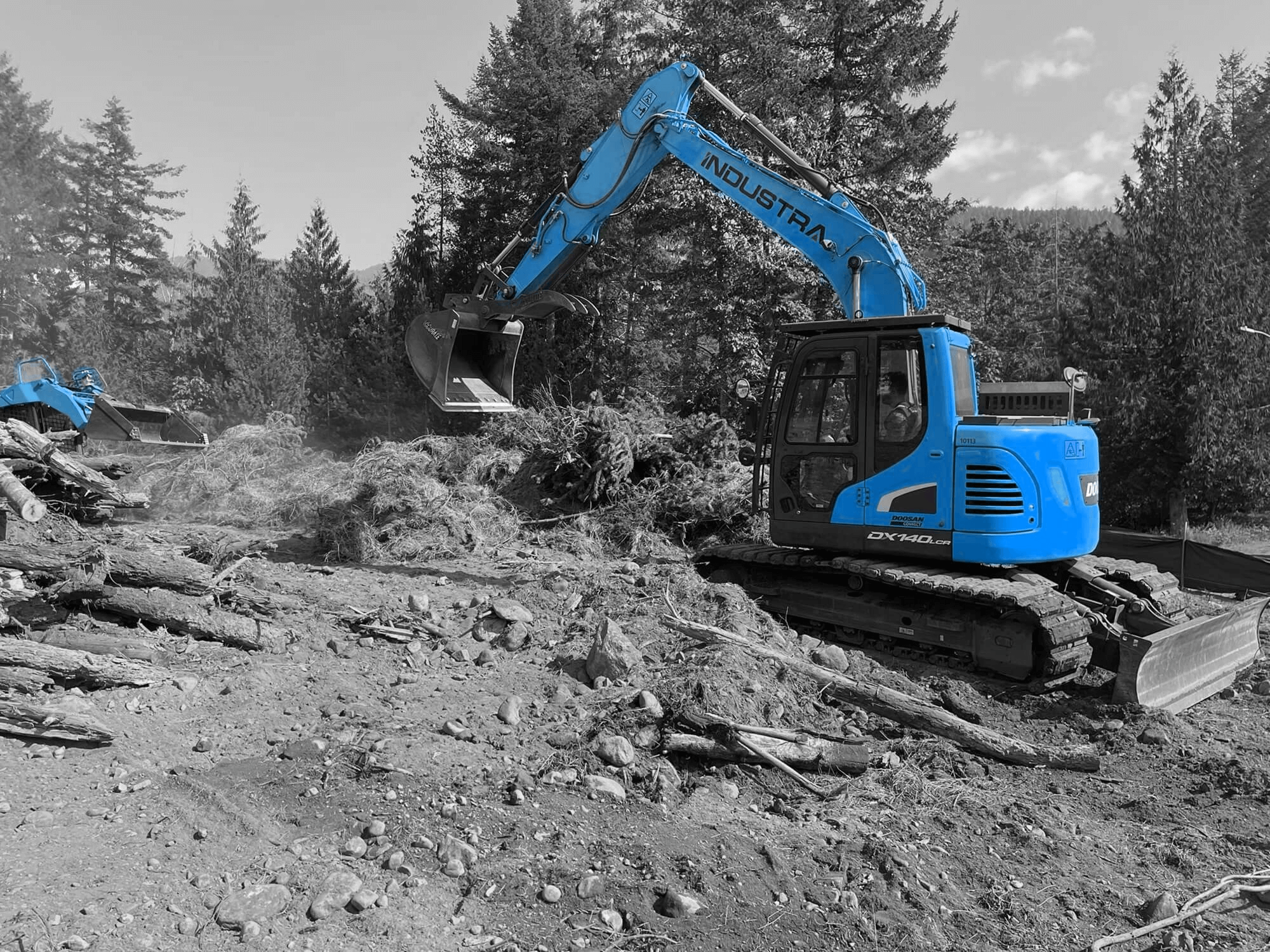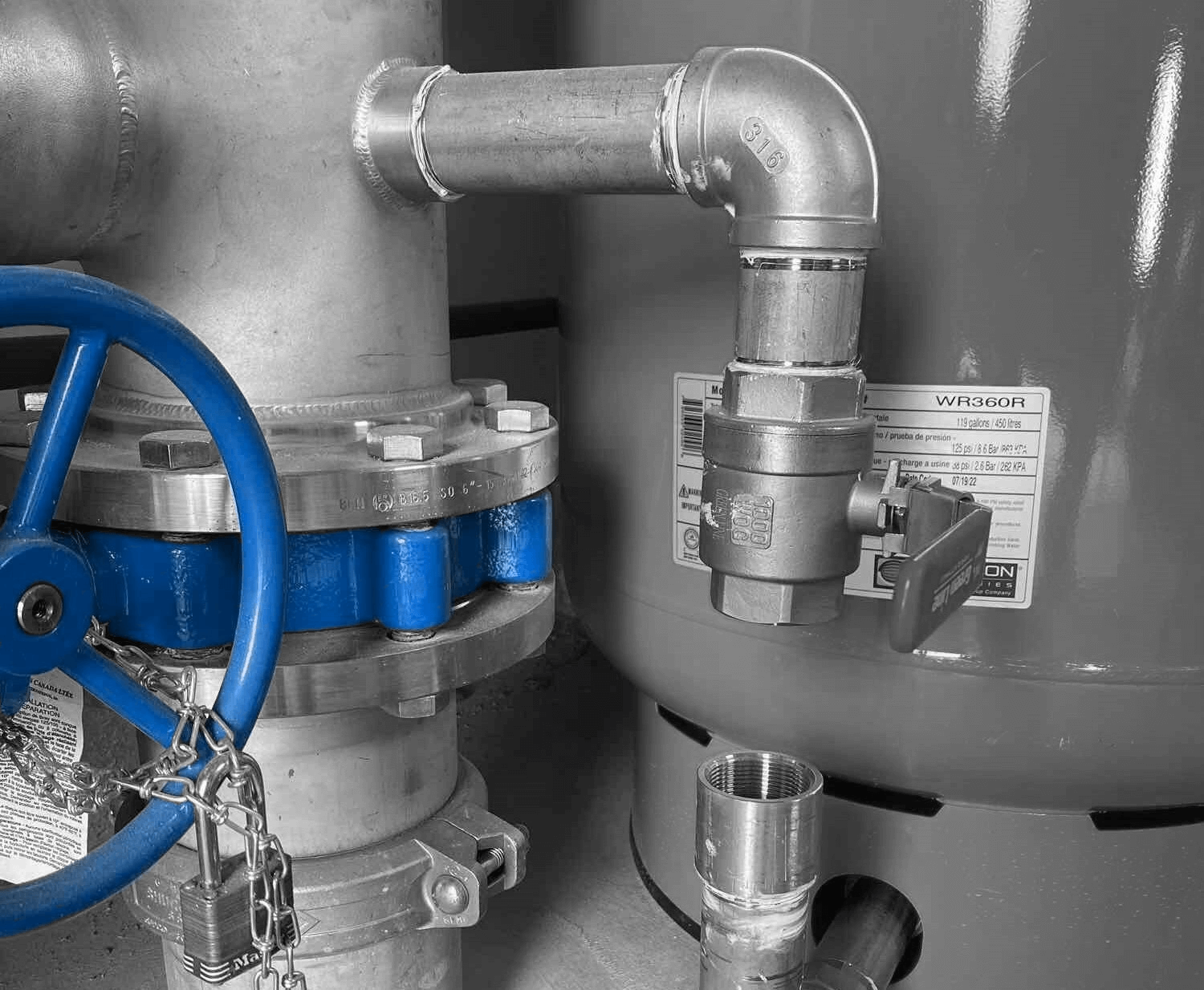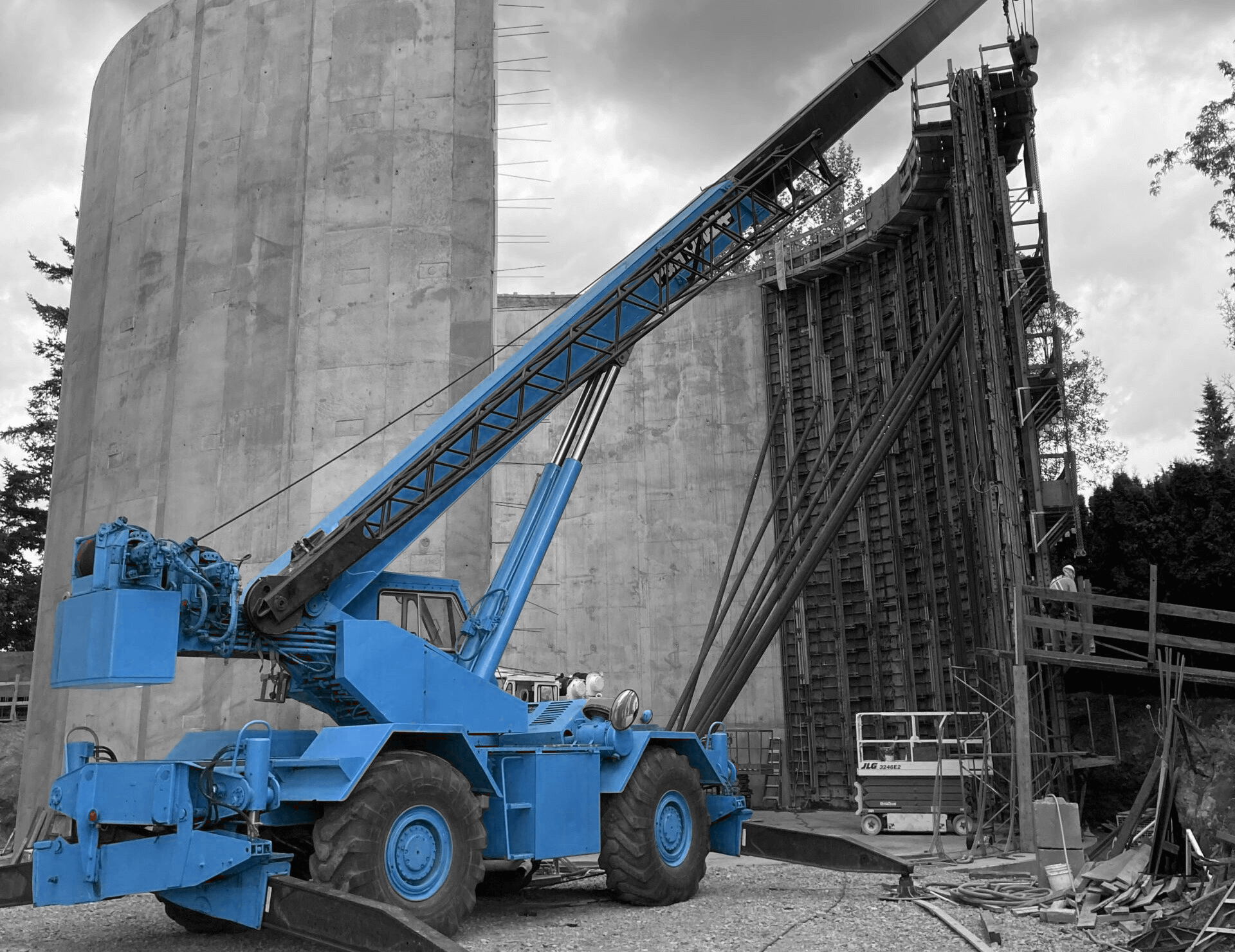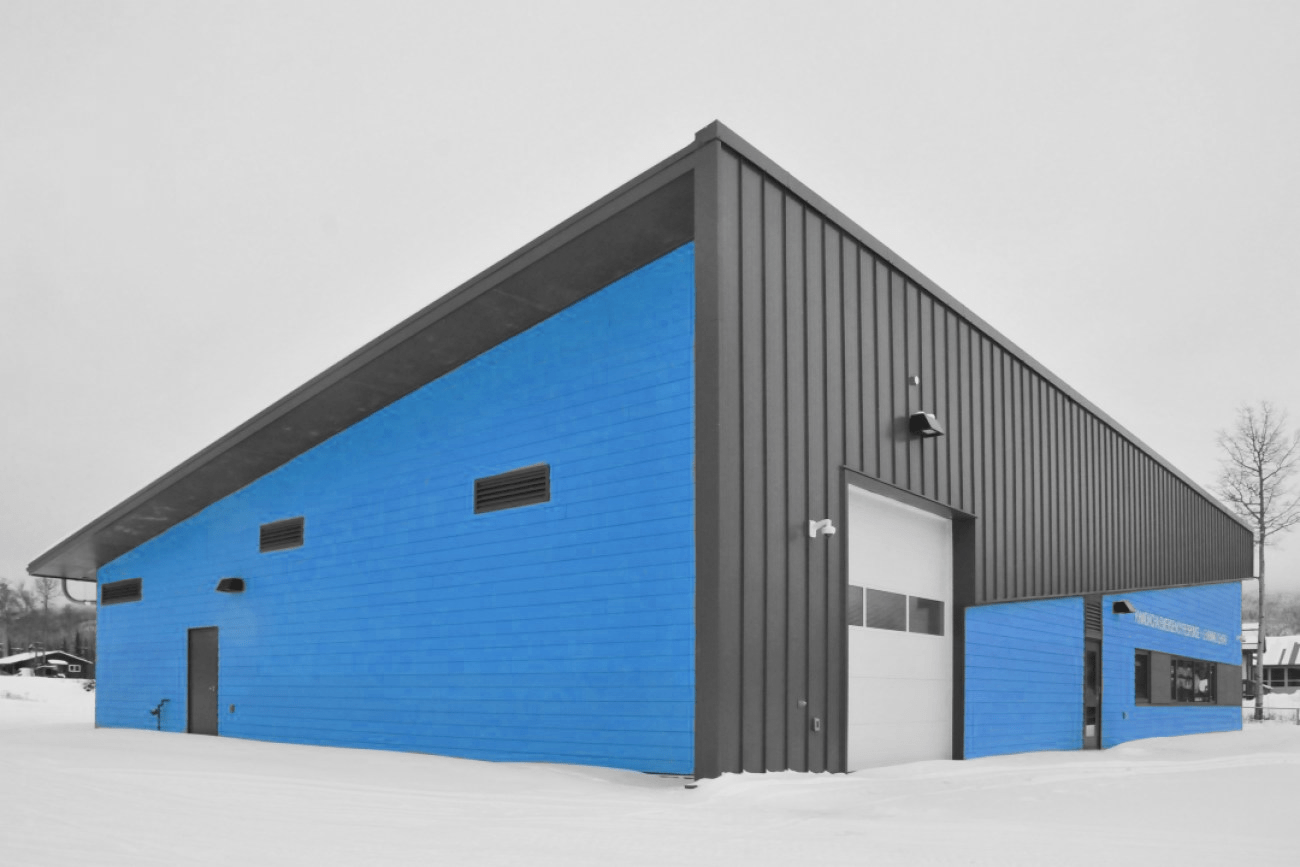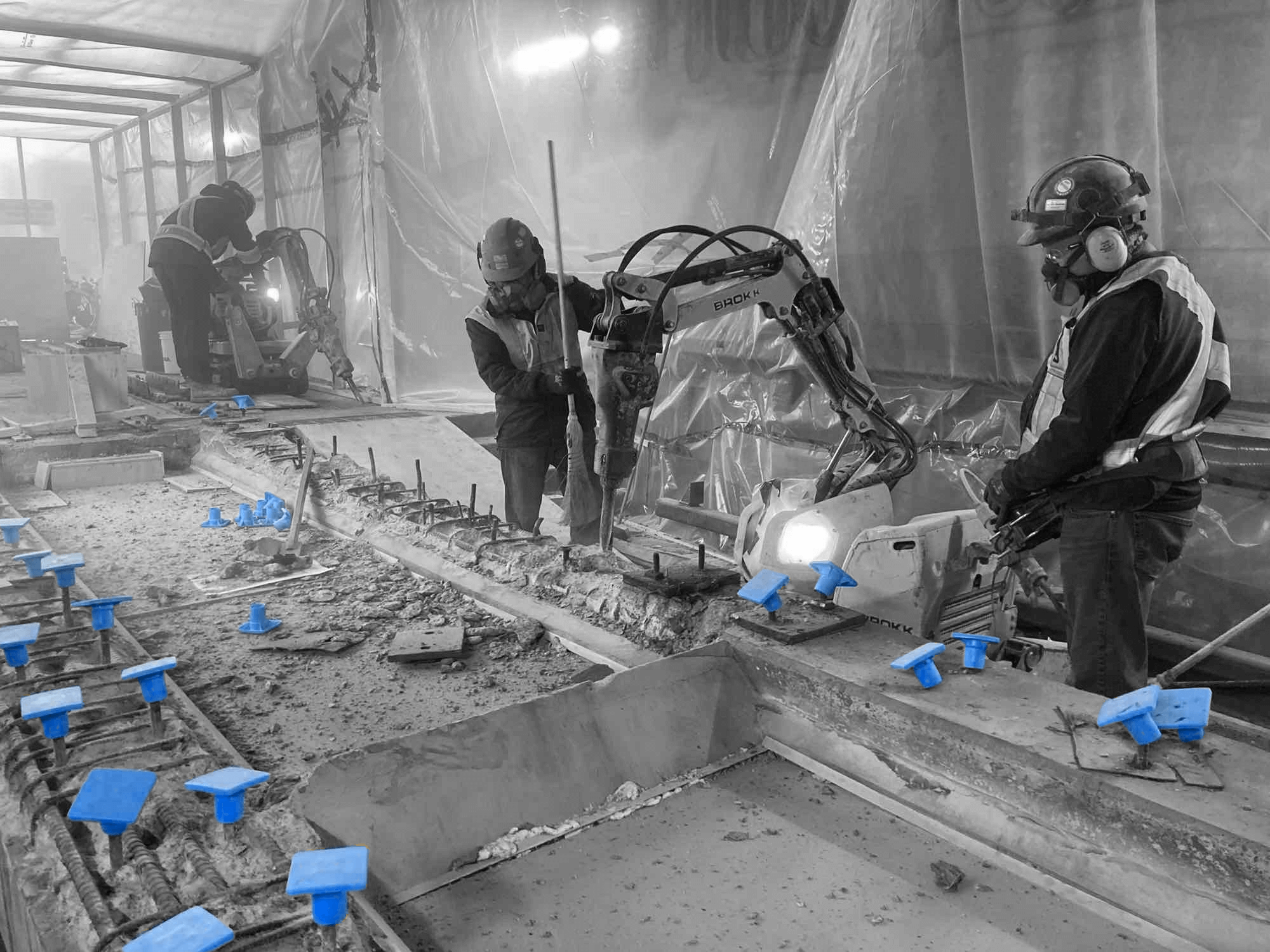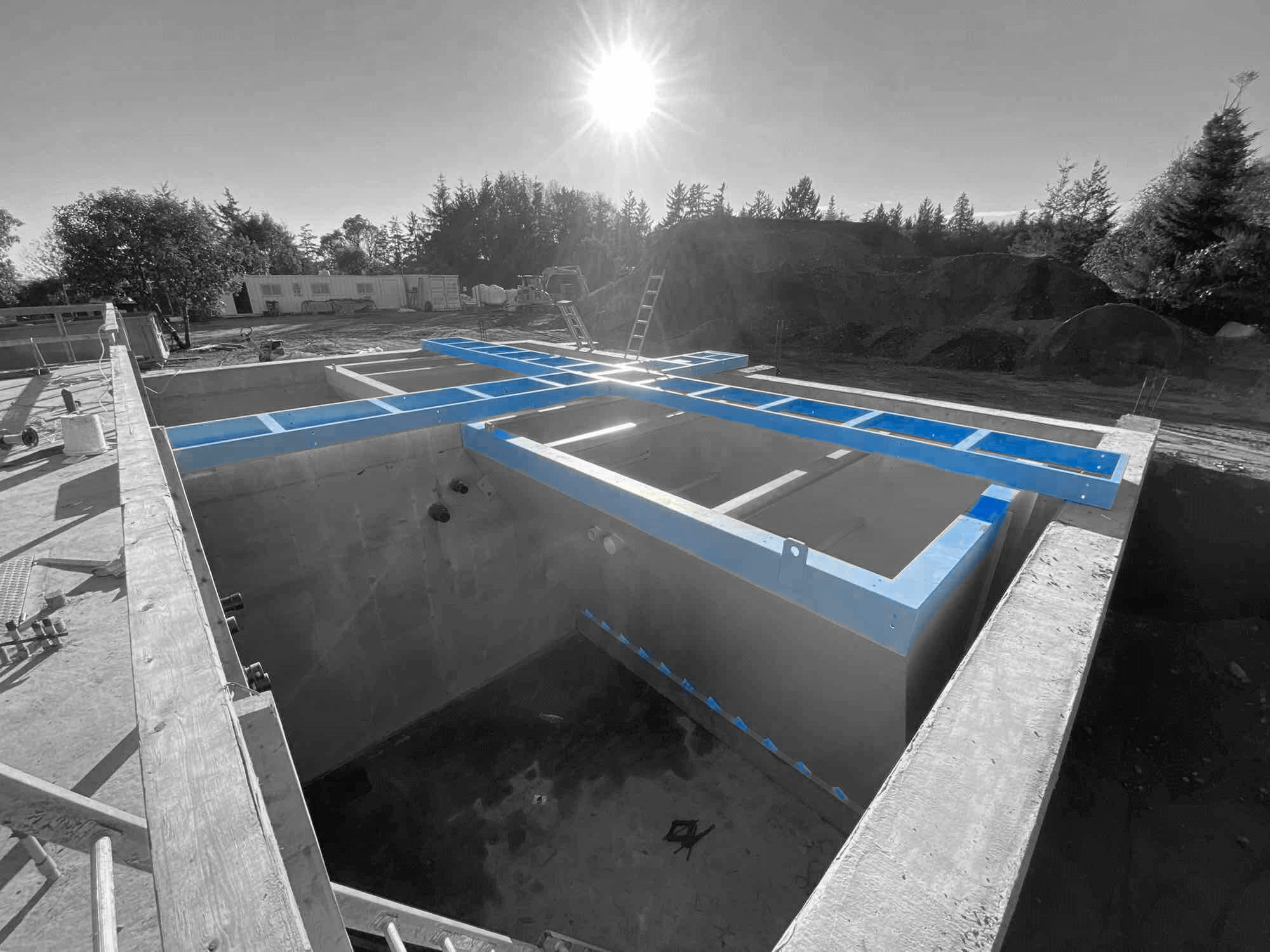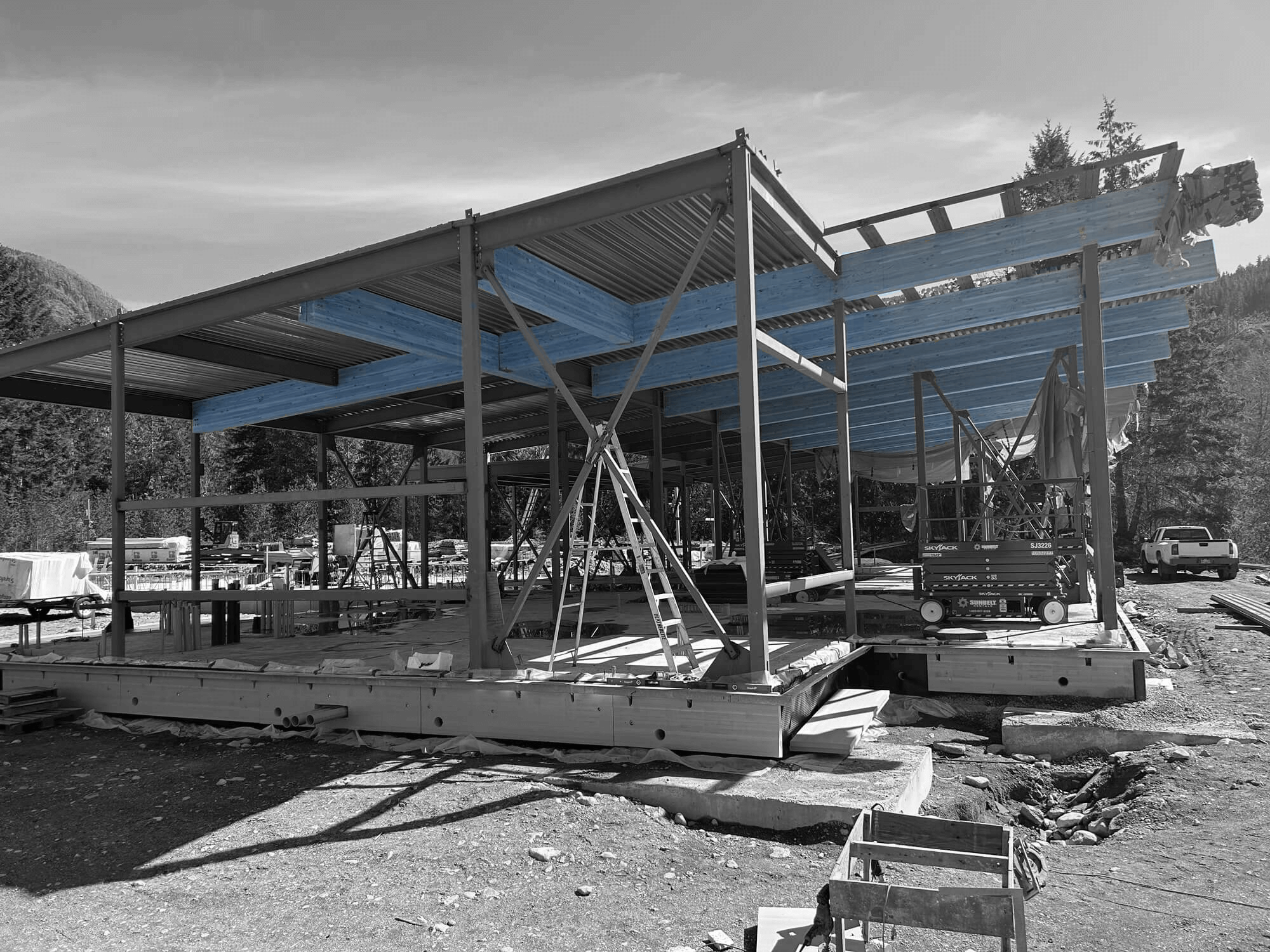Marine construction involves working in challenging environments where safety is paramount. The unique conditions of waterfront and offshore sites increase the risk of accidents and environmental impacts. Factors such as water, weather changes, and heavy machinery present specific hazards that need meticulous planning and stringent safety measures. By adhering to established safety standards, we can ensure that these high-risk projects are conducted smoothly and securely.
The importance of safety in marine construction cannot be overstated. Workers face various risks, from slipping on wet surfaces to handling heavy and potentially hazardous materials. Each phase of construction, from initial site assessment to project completion, requires a focus on safety protocols. Properly implemented safety measures protect workers and help in achieving project goals without unnecessary delays or incidents. This commitment to safety is not just about compliance but also about caring for the well-being of everyone involved.
Environmental hazards are another crucial aspect. Marine construction can affect water quality, wildlife, and local ecosystems. Addressing these concerns through proactive measures ensures compliance with environmental regulations and promotes sustainable construction practices. By minimizing the negative impacts on the environment, we contribute to the preservation of our natural resources while accomplishing our construction objectives.
Adhering to critical safety standards in marine construction not only safeguards human lives but also protects our environment. This article explores the importance of these standards, outlines essential safety protocols, discusses methods to mitigate environmental hazards, and shares best practices for ensuring worker safety.
Importance of Adhering to Marine Construction Safety Standards
Adhering to marine construction safety standards is vital for several reasons. First and foremost, it protects the lives of workers who operate in potentially hazardous conditions. Working near and on water introduces unique risks such as drowning, slips, falls, and equipment-related injuries. By following established safety standards, we can minimize these dangers and ensure that our workforce is secure.
Another important aspect is the reduction of project delays. Safety standards include protocols for emergency preparedness, which help manage unforeseen incidents efficiently. Prompt responses to emergencies not only protect workers but also keep projects on schedule. When safety protocols are strictly followed, there are fewer accidents, reducing the downtime and costs associated with these incidents.
Adhering to safety standards also ensures legal compliance. Regulatory bodies set specific safety requirements that must be met during marine construction projects. Non-compliance can result in heavy fines, legal action, and damage to the company’s reputation. By strictly following these guidelines, we avoid legal repercussions and maintain our standing in the industry.
Key Safety Protocols for Marine Construction Projects
1. Personal Protective Equipment (PPE)
Personal Protective Equipment (PPE) is essential in marine construction to protect workers from various hazards. PPE includes items such as hard hats, safety goggles, gloves, and life vests. Hard hats protect against falling objects, while safety goggles shield eyes from debris and chemical splashes. Gloves provide grip and protect hands from sharp objects and contaminants. Life vests are crucial when working on or near water, reducing the risk of drowning. Ensuring that all workers wear the appropriate PPE at all times is a foundational aspect of maintaining a safe work environment.
2. Safe Handling of Materials
Safe handling of materials is another critical safety protocol. Workers must be trained on the proper techniques for lifting, carrying, and transporting heavy or hazardous materials. Using the correct tools and equipment, such as cranes, forklifts, and dollies, reduces the risk of injuries. Clear signage and barriers around high-risk areas can prevent accidents caused by miscommunication or lack of awareness. Regular safety drills and briefings help reinforce these practices and ensure everyone is prepared to safely handle materials.
3. Emergency Response Plans
Having robust emergency response plans in place is vital for managing unforeseen incidents on marine construction sites. These plans should include clear procedures for evacuations, medical emergencies, and environmental hazards like oil spills or chemical leaks. Workers need to be trained on these procedures and participate in regular emergency drills to ensure they know how to respond promptly and effectively. Equipped with emergency kits containing first aid supplies, flotation devices, and communication tools, workers can handle crises more effectively. Implementing these emergency plans not only safeguards lives but also reduces potential damage to the environment and infrastructure.
Mitigating Environmental Hazards in Marine Construction
1. Water Pollution Control
Controlling water pollution is a critical aspect of marine construction. Construction activities can release pollutants like oil, chemicals, and sediments into the water, affecting marine life and water quality. Implementing spill containment measures, such as booms and skimmers, helps prevent oils and chemicals from spreading. Proper storage and handling of hazardous materials are equally important to avoid accidental releases.
Moreover, using sediment barriers can control the amount of sediment entering the water during excavation and dredging activities. These barriers help keep the water clear, protecting the aquatic environment. Regular monitoring of water quality ensures compliance with environmental regulations and identifies areas where additional measures are needed. Employing these practices makes it possible to carry out construction projects with minimal impact on water ecosystems.
2. Managing Weather-Related Risks
Weather-related risks are significant in marine construction due to the variable and often harsh conditions. Storms, high winds, and heavy rain can pose severe threats to the safety of both workers and the structures they are building. To mitigate these risks, it’s essential to have robust weather monitoring systems in place that provide real-time updates. This allows us to schedule construction activities during favourable weather conditions and halt operations when severe weather is forecasted.
Additionally, ensuring that all equipment and materials are secured can prevent damage and accidents caused by strong winds or water surges. Temporary structures should be designed to withstand harsh weather conditions and should be inspected regularly for integrity. Emergency plans should also include procedures for sheltering workers and securing the site during adverse weather events. This proactive approach helps protect both human and environmental resources.
3. Protecting Marine Wildlife
Protecting marine wildlife during construction projects involves several measures. Construction activities can disrupt local ecosystems, affecting fish, birds, and other marine creatures. Using silt curtains can help reduce the spread of sediments that can harm habitats. Additionally, noise from construction can disturb wildlife, so employing quieter equipment and techniques can mitigate this impact.
Conducting environmental impact assessments before starting a project can identify potential threats to marine life and help develop strategies to minimize them. Establishing exclusion zones to keep sensitive areas off-limits to construction activities also helps in protecting fragile habitats. By taking these steps, we ensure that marine construction projects proceed in a manner that respects and preserves local wildlife.
Best Practices for Ensuring Worker Safety on Marine Construction Sites
1. Training and Certification
Training and certification are fundamental for ensuring worker safety. Every worker must be adequately trained on safety protocols, equipment use, and emergency procedures. Certification ensures that workers have the necessary skills and knowledge to perform their tasks safely. Regular refresher courses keep everyone updated on the latest safety standards and practices.
Providing hands-on training helps workers understand real-world scenarios they might face on a marine construction site. Having certified safety officers on-site ensures that safety protocols are followed and any issues are addressed promptly. This commitment to ongoing education and certification instills a culture of safety, which is essential for any successful construction project.
2. Regular Safety Audits
Conducting regular safety audits is another best practice for maintaining high safety standards. These audits involve a thorough inspection of the worksite to identify any potential hazards or areas of non-compliance. By regularly monitoring safety conditions, we can quickly address any issues before they escalate into more serious problems.
Safety audits should be comprehensive, covering everything from personal protective equipment (PPE) compliance to machinery maintenance. Involving all levels of staff in the auditing process fosters a sense of collective responsibility for safety. The findings from these audits should be documented and reviewed to inform continuous improvement in safety practices.
3. Implementing Safety Technologies
The use of modern safety technologies is increasingly important in marine construction. Wearable devices that monitor vital signs can provide immediate alerts to any health issues, allowing for a rapid response. Drones can be used for site inspections, reducing the need for workers to enter potentially hazardous areas.
Automation and remote-controlled equipment can handle tasks in dangerous environments, minimizing the risk to human workers. Implementing these technologies not only enhances safety but also improves efficiency. By leveraging the latest advancements in safety tech, we can create a safer and more productive work environment.
Conclusion
Ensuring safety in marine construction is a multi-faceted endeavour that requires a steadfast commitment to standards, protocols, and best practices. From protecting workers with personal protective equipment to mitigating environmental hazards, each aspect plays a crucial role in the overall safety framework. Regular training and the use of emerging technologies further enhance safety and efficiency on construction sites.
As we continue to undertake complex marine construction projects, it is essential to keep these safety standards at the forefront. They are the backbone of our operations, ensuring that we can deliver high-quality work without compromising the well-being of our workforce or the environment.
If you’re planning a marine construction project and want to ensure it meets the highest safety standards, contact Industra Construction Corp. today. Our team is dedicated to upholding critical safety measures and delivering exceptional results. Let’s build the future safely and sustainably together.



